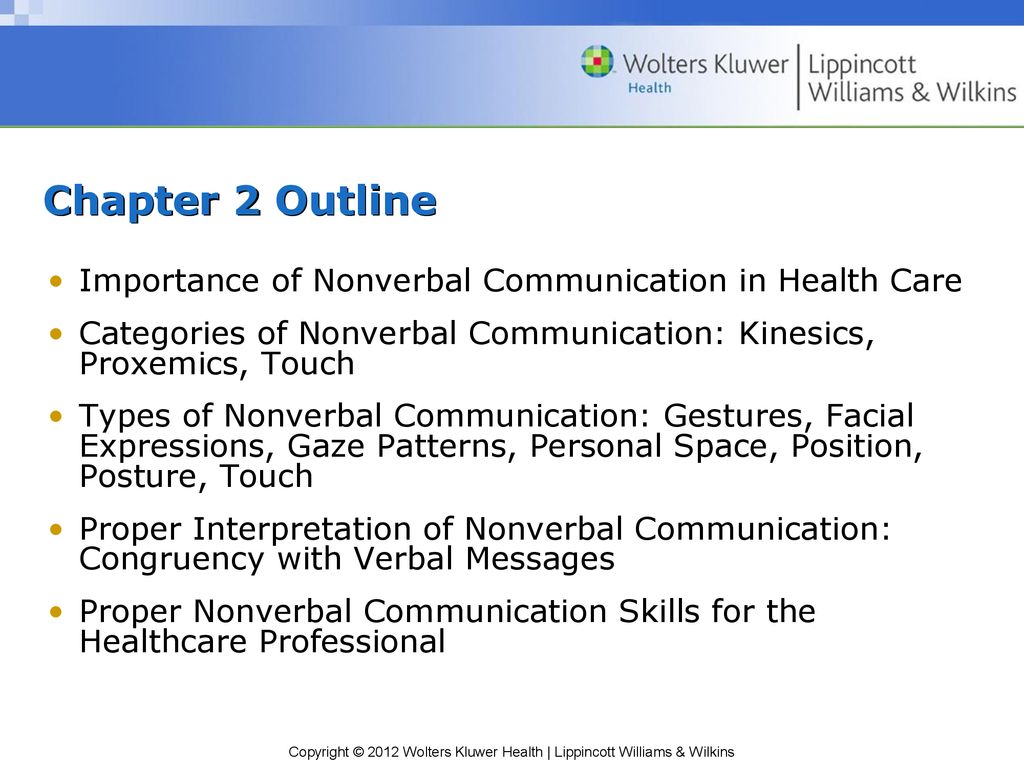Nonverbal communication is a type of communication that occurs without the use of words or written language. It includes body language, facial expressions, gestures, and other forms of nonverbal behavior that can convey meaning and affect how people perceive and interact with one another. In the field of health and social care, nonverbal communication is an important aspect of patient care and can have a significant impact on the effectiveness of treatment and the overall patient experience.
One aspect of nonverbal communication in health and social care is body language. This includes things like posture, eye contact, and facial expressions. For example, a healthcare worker who maintains good eye contact and has an open, approachable posture is likely to be perceived as more trustworthy and caring by the patient. On the other hand, a healthcare worker who avoids eye contact or has a closed-off posture may be perceived as untrustworthy or disinterested in the patient's well-being.
Facial expressions are another important aspect of nonverbal communication in health and social care. They can convey a wide range of emotions and can be used to show support, concern, empathy, or other positive emotions. For example, a healthcare worker who smiles and makes eye contact with a patient is likely to be perceived as more caring and empathetic, which can help to create a positive and supportive environment for the patient.
Gestures are another form of nonverbal communication that can be used in health and social care. This includes things like hand gestures, head movements, and other types of physical movements that can convey meaning. For example, a healthcare worker who uses comforting gestures like patting a patient on the hand or arm may be perceived as more caring and supportive.
In addition to these forms of nonverbal communication, there are also many other ways in which nonverbal behavior can be used in health and social care. For example, the way that a healthcare worker dresses and presents themselves can convey a sense of professionalism and trustworthiness. Similarly, the way that a healthcare worker speaks and uses their voice can also convey meaning and affect how patients perceive them.
Overall, nonverbal communication is an important aspect of health and social care, as it can have a significant impact on the effectiveness of treatment and the overall patient experience. By understanding and using nonverbal communication effectively, healthcare workers can create a more supportive and caring environment for their patients, which can help to improve patient outcomes and satisfaction.


:max_bytes(150000):strip_icc()/what-is-nonverbal-communication-1691351_FINAL-f08a0b35c5a84fef9513cf92ed0eaf2c.png)





